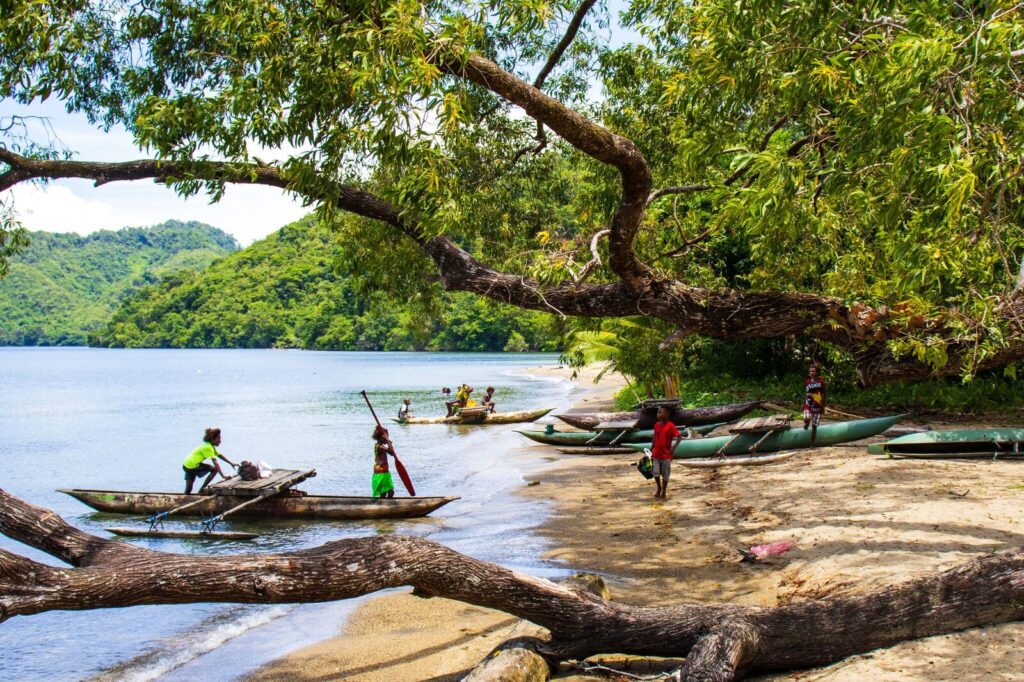
The Kamiali Wildlife Management Area is a 69,000 hectare reserve located on the Huon Gulf Coast, 60km southeast of Lae, Papua New Guinea (Lonely planet; Bein, Janelle, Warf & Hansen 2004). The reserve was registered as a wildlife management area in 1996, and has since been protected and managed by local government, people and non-governmental organizations (Lonely Planet; Bein et al., 2004). The Kamiali reserve is one of the most biodiverse areas of the country home to an array of wildlife, many rare species and a variety of biomes such as lakes, rivers, wetlands, coral reefs, sandy beaches, waterfalls and tropical forests (Lonely Planet; Bein et al., 2004). Visitors to Kamiali Wildlife Management Area may hike the steep David Suzuki Trail in search of various bird species and other wildlife.
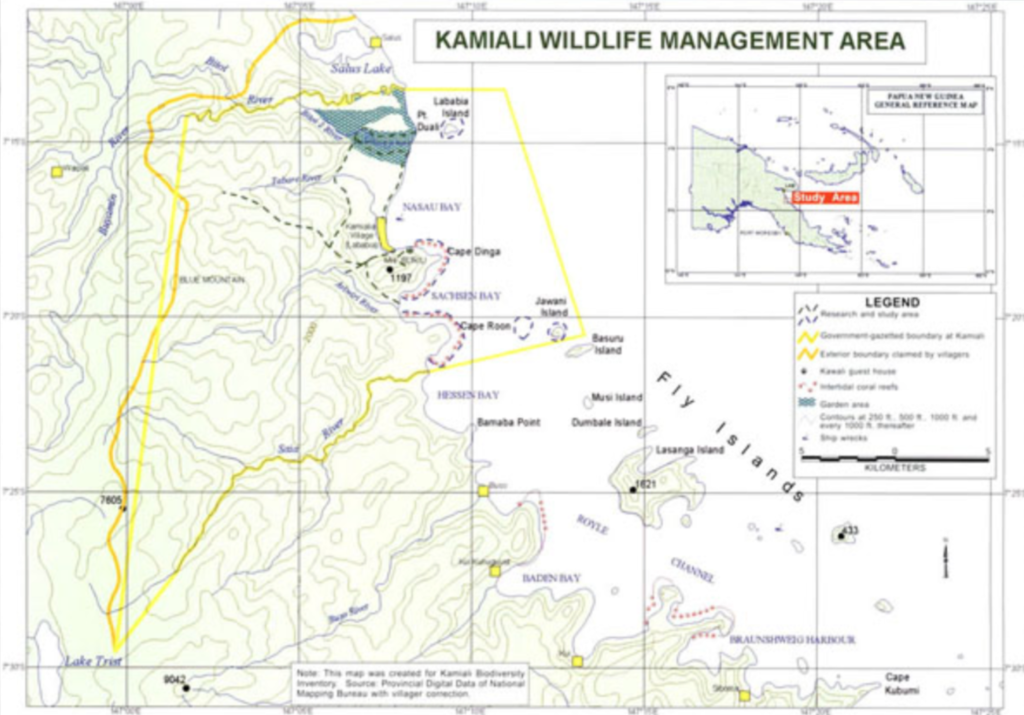
Due to its high concentration of biodiversity, the Kamiali Wildlife Management Area has attracted many researchers. Longenecker and various researchers have conducted studies on exploited reef fish, Lutjanus biguttatus (two-spot banded snapper), Caesio cuning (redbelly yellowtail fusilier), Lethrinus erythropterus (longfin emperor fish) and Lutjanus fulvus (blacktail snapper). New specifies of Cophixalus (microhylid frogs) and Cydistomyia (Diptera, Tabanidae) (horse fly genera) were discovered in the reserve area (Kraus & Allison 2009; Goodwin 1999). Several tree species such as Rhodamnia kamialiensis, Xanthomyrtus splendens (designated as “critically endangered” by the International Union for the Conservation of Nature (IUCN)) Uromyrtus allisoniana and Rhodomyrtus takeuchii (Myrtaceae: Myrteae) (designated as “vulnerable” by the IUCN) of the Myrtaceae plant family species were also new species found in Kamiali Wildlife Management Area (Snow & Takeuchi 2009, 2010).
Research has also been conducted to examine environmentally sustainable land use and wildlife harvest in the reserve area. The Bitoi River Delta in the Kamiali reserve was studied to examine its environmental carrying capacity – useful information for Kamiali managers to determine the amount of farmland necessary to support local populations, such as the Kamiali village community of horticulturalists and fishers (Bein, Wagner & Wilson 2007). Also, Longenecker, Bolick & Langston (2015) studied sustainable live-coral harvest in the reserve area. Though harvesting coral may seem like an environmental concern, live coral is harvested by Indo-West Pacific populations as a source of income to make lime – an ingredient used in the consumption of betel nut, the world’s fourth most consumed drug (Longnecker et al., 2015). Longenecker et al., (2015) estimate that roughly 30,706.6kg of whole dry corymbose, Acropora can be harvested from the reef sustainably each year (provided each culled colony weighs approximately 1805g when dry) to produce 7615.2g of lime (Longnecker et al., 2015). Studies such as these will be vital to ensure environmentally sustainable development – protecting the Kamiali Wildlife Management Area while also ensuring Papua New Guineans still have a means of subsistence farming and generating income.
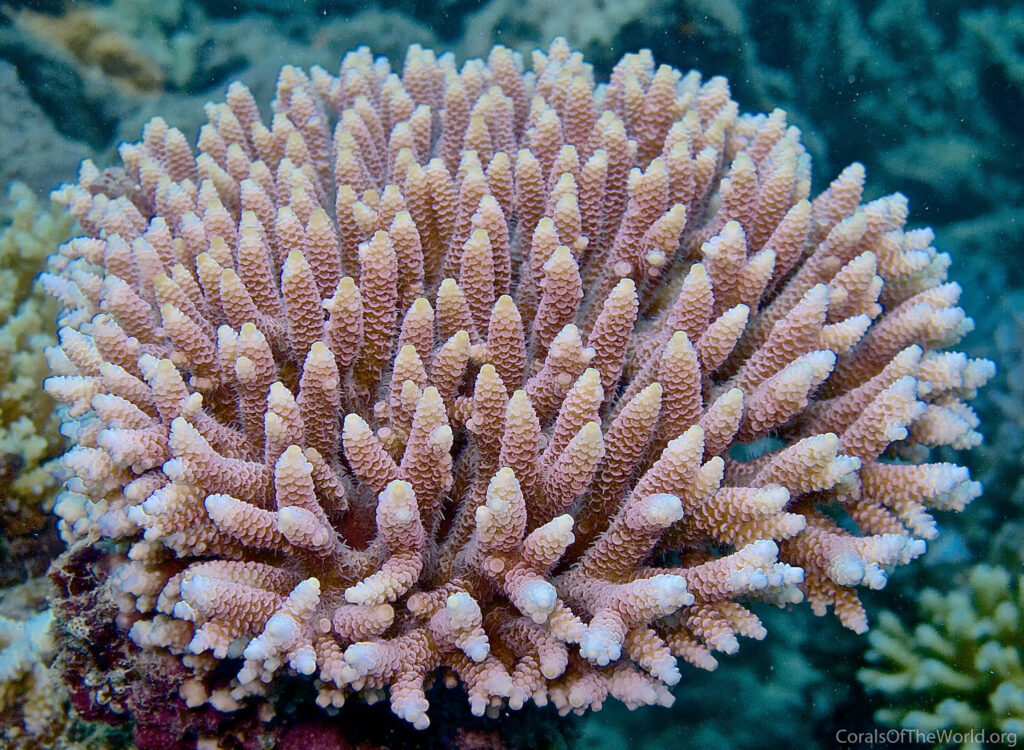
The Kamiali Wildlife Management Area’s Huon coast waters have also been the site of studies and assessments of leatherback turtles (Dermochelys coriacea). This species of leatherback turtle has been categorized as “critically endangered” by the IUCN. Previous studies have found leatherback turtle (Dermochelys coriacea) populations throughout the Pacific basin have been declining for decades due to beach erosion, loss of nesting habitat, the capture of turtle eggs and adult turtles (Benson et al., 2007). The Morobe Development Foundation Inc.’s researchers and United Nations Online Volunteers have recently conducted a study in which the leatherback turtles’ nesting habitats were monitored remotely using satellite imagery. A research paper explaining the study’s methodology and findings has been submitted for peer review. The leatherback turtle (Dermochelys coriacea) population is still endangered and requires strategic and effective conservation initiatives and programs.
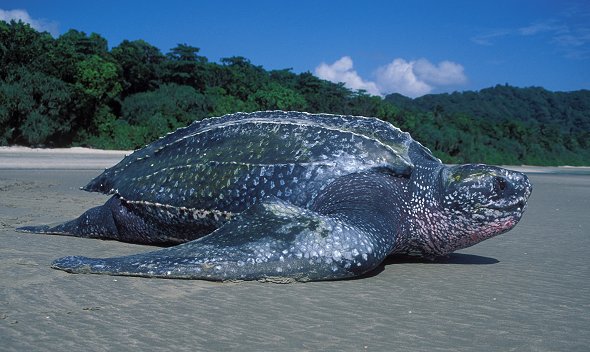
References:
Bein, F. L. Rick. “Bio-Diversity Inventory: Kamiali Wildlife Management Area.” In WorldMinds: Geographical Perspectives on 100 Problems: Commemorating the 100th Anniversary of the Association of American Geographers 1904–2004, edited by Donald G. Janelle, Barney Warf, and Kathy Hansen, 279–85. Dordrecht: Springer Netherlands, 2004. https://doi.org/10.1007/978-1-4020-2352-1_45.
Bein, F. L., John Wagner, and Jeffery Wilson. “Food Garden Capacity and Population Growth: A Case in Papua New Guinea.” Focus on Geography 50, no. 2 (September 22, 2007): 28–34.
Benson, Scott R., et al. “Beach use, Internesting Movement, and Migration of Leatherback Turtles, Dermochelys Coriacea, Nesting on the North Coast of Papua New Guinea.” Chelonian Conservation and Biology 6.1 (2007): 7-14. ProQuest. Web. 22 Nov. 2020.
Lonely Planet. “Kamiali Wildlife Management Area | Papua New Guinea Attractions.” Accessed November 20, 2020. https://www.lonelyplanet.com/papua-new-guinea/huon-gulf-coast/attractions/kamiali-wildlife-management-area/a/poi-sig/1529134/1337361.
Longenecker, Ken, Holly Bolick, and Ross Langston. “Estimating Sustainable Live-Coral Harvest at Kamiali Wildlife Management Area, Papua New Guinea.” PLoS ONE 10, no. 10 (October 5, 2015). https://doi.org/10.1371/journal.pone.0140026.
Lonely Planet. “Kamiali Wildlife Management Area | Papua New Guinea Attractions.” Accessed November 20, 2020. https://www.lonelyplanet.com/papua-new-guinea/huon-gulf-coast/attractions/kamiali-wildlife-management-area/a/poi-sig/1529134/1337361.
Snow, Neil, and Jason Cantley. “New Species of Uromyrtus and Rhodomyrtus (Myrtaceae: Myrteae) from Kamiali Wildlife Management Area, Papua New Guinea, with an Updated Key to Rhodomyrtus.” Harvard Papers in Botany 15, no. 1 (June 2010): 63–70. https://doi.org/10.3100/025.015.0120.
Snow, Neil, and W. Takeuchi. “New Species of Rhodamnia and Xanthomyrtus (Myrtaceae) from the Kamiali Wildlife Management Area, Papua New Guinea.” Harvard Papers in Botany 14, no. 2 (December 2009): 137–43. https://doi.org/10.3100/025.014.0205.
“About Kamiali Biological Research Station – PNG.” Accessed November 22, 2020. http://kamiali.org/visitor.html.
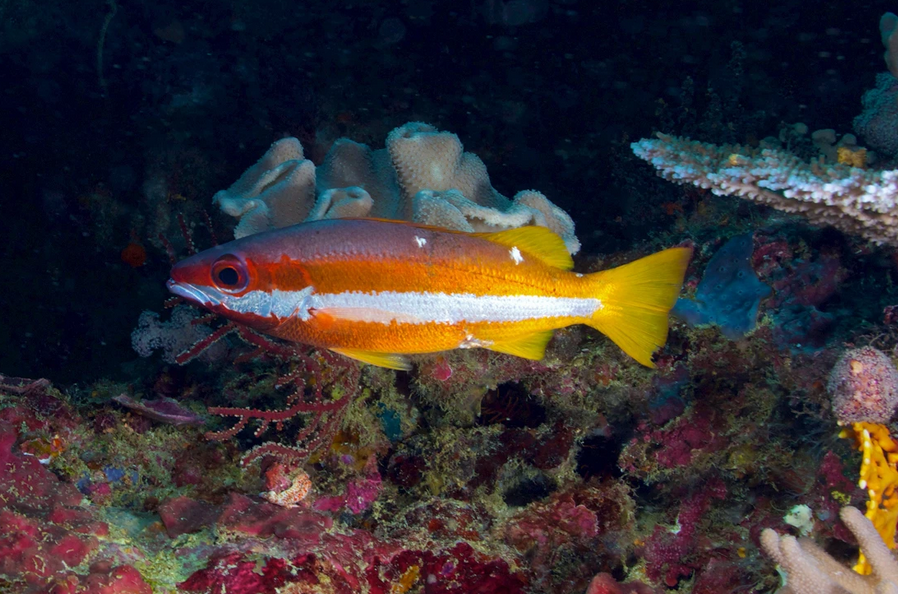
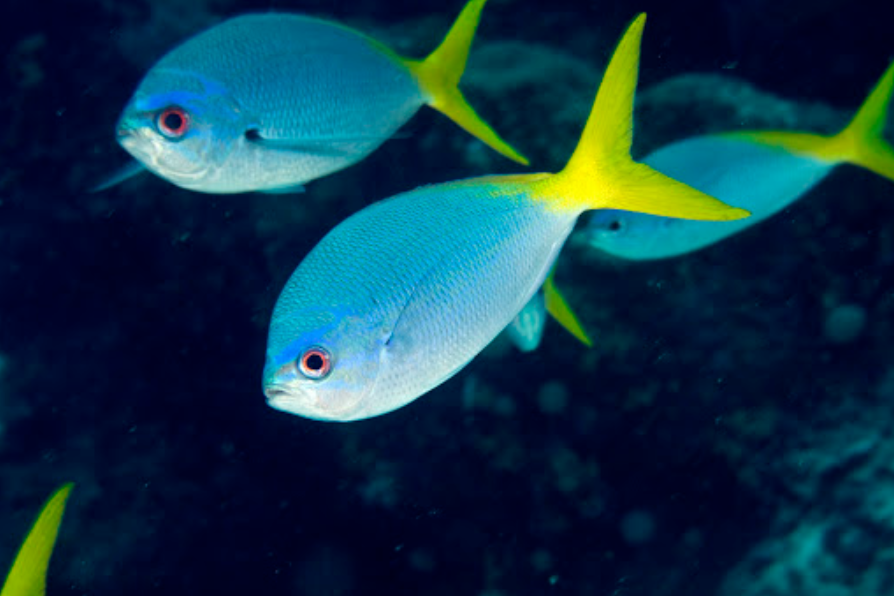

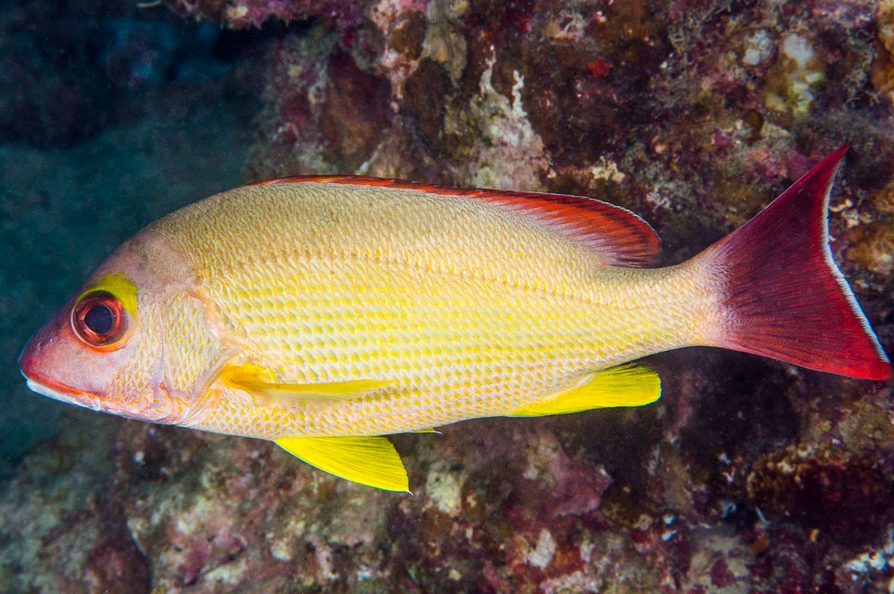

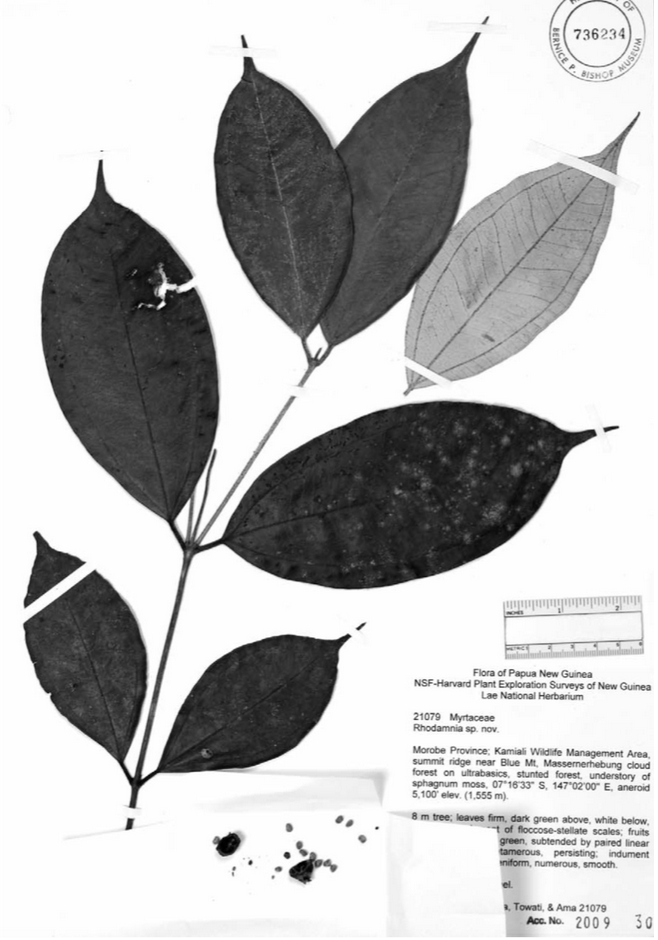
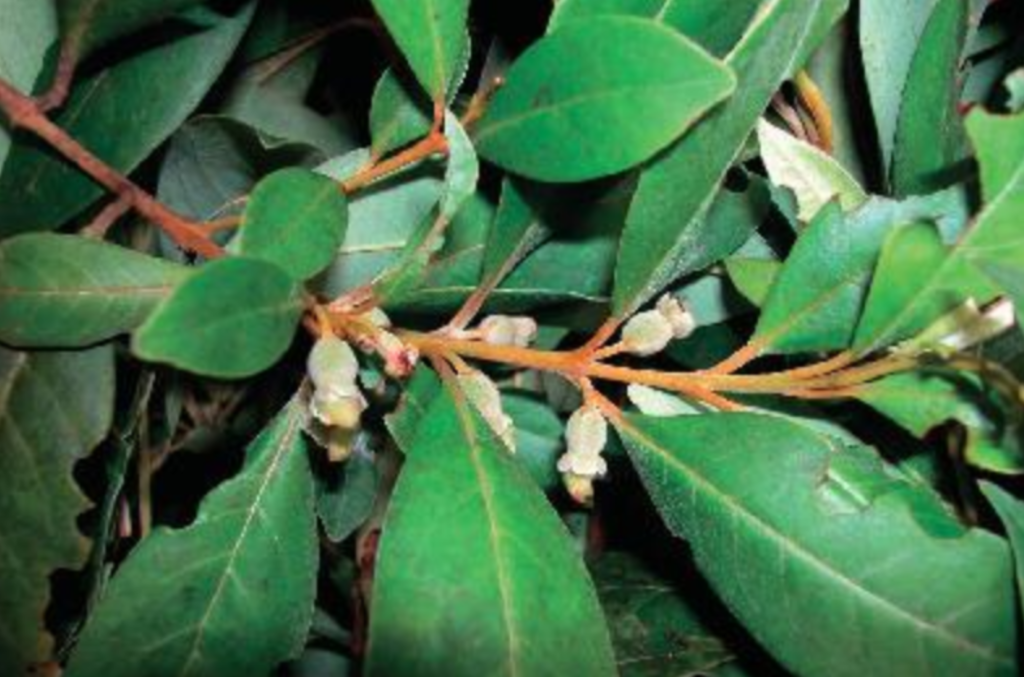
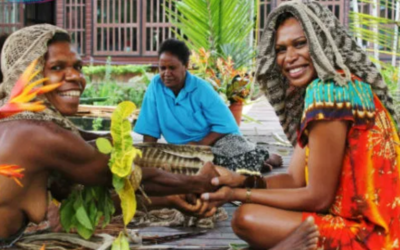


0 Comments